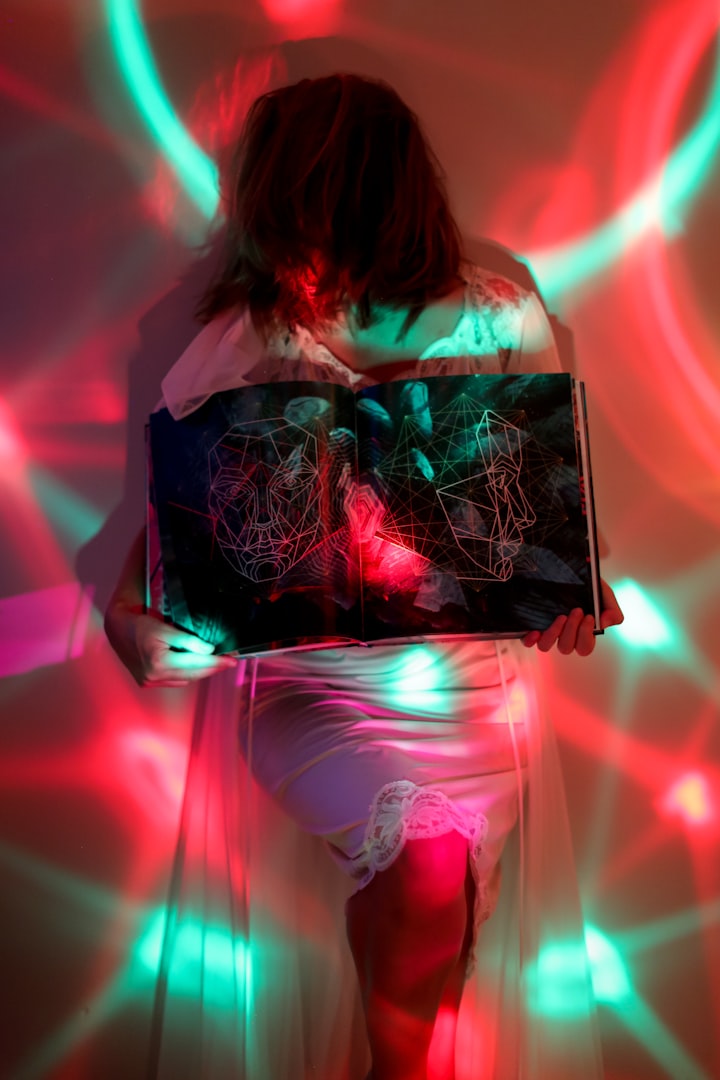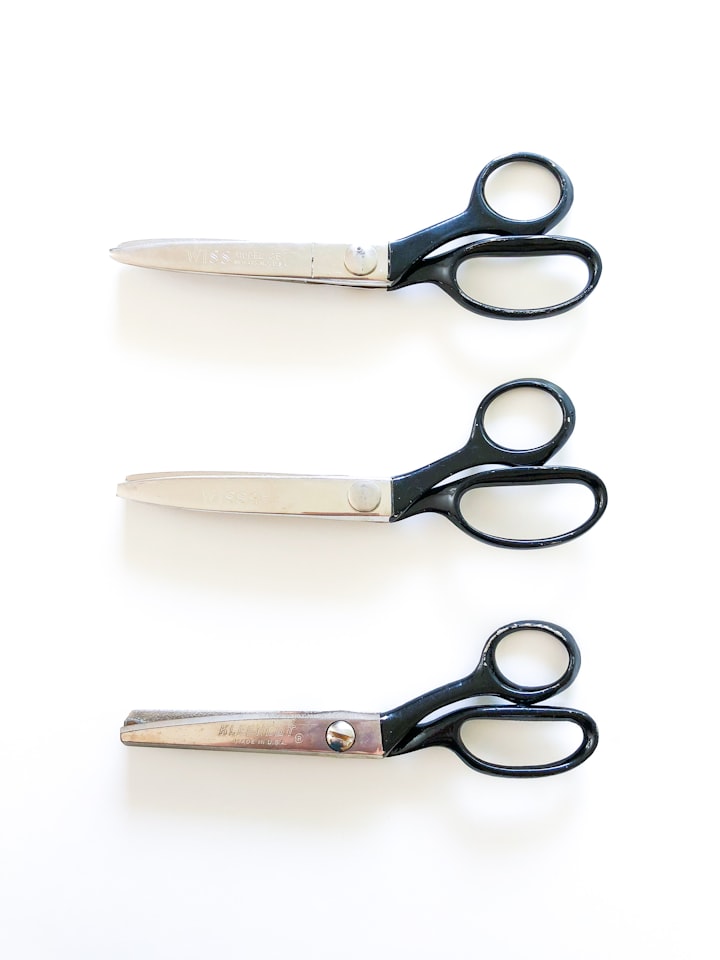Pencils to Pixels
Easy Transition from Traditional to Digital Art
Many artists start creating with traditional mediums such as graphite, paint, pens, pastels, and many other mediums. One other medium that has become increasingly popular is digital media. The most accessible and affordable way an artist utilized digital media in the past was with free software and a mouse. While many artist could successfully create great works with the point and click of a mouse, others did not find it so intuitive or natural. With dozens of cost-effective softwares and mobile devices being easily accessible, more and more artists are trying their hand at digital media. The transition, however, isn't always smooth, but I have a few tips from my own personal experience switching from traditional to digital art. Keep in mind I am a self-taught artist, and everyone will have different techniques and workflows that work for them.
Selecting Your Device and Software
If you are thinking of trying out digital media, you will need to think of the type of display you want as well as the software. Instead of shelling out for a Cintiq, which can cost anywhere from $600-$3,000, I would suggest getting a Wacom drawing tablet. True, it doesn't have a direct display which is nice for traditional artists' hand-eye coordination, but they only cost $70-$100. You will need a desktop or laptop computer in order to use these tools. There are also mobile options, like the iPad Pro and tablets by Samsung and Galaxy. You can even download certain software your smartphone! If you already have one of these devices, then the only thing to do is decide what software you want to work with that is also compatible with your OS.
Everyone has, of course, heard of Photoshop, but you don't need to pay premium prices to make quality art, especially if you're just starting out. This is a misconception that I struggled with. I held myself back from digital media until I realized that there were affordable, even free, options:
1. Krita: a completely free digital painting application that is designed for Windows, Linux, and Mac. It's simple, easy to use interface allows artists to freely experiment with digital tools. It comes equipped with design tips and prompts to help you along your journey.
2. Clip Studio Paint: available for a free trial or a one-time $50 payment. Compatible with Windows, MacOS, iPad, iPhone, and Galaxy. Not only does it have all the painting tools you need, but you could also create comics and 2D animations.
3. Procreate: costs $9.99 to download, but there is no subscription fee and is the software I use most often on the iPad Pro. It is especially convenient if I am away from my computer. Its simple interface allows for experimentation with little risk, and it being mobile allows for easy of transportation. The only catch is you'd have to own or buy an iPhone/iPad AND the Apple Pencil.

Adjusting Your Technique
It is exciting once you download that software, pick up your pen, and size up your canvas on the screen. As soon as your pen touches that display, you may find yourself thinking, "this isn't at all how I create!" I've felt it too. The first time I began to sketch out ideas and tried (emphasis on tried) to paint, I questioned how I have been calling myself an artist all this time. One thing you must understand is that your skills are transferable, but they won't immediately convert to digital media. The brushes available in the software are able to become more transparent or opaque depending on how you adjust them. Some are even sensitive to pressure or which way you hold your pen, which is very helpful for an artist's muscle memory and technique. There are many digital artists with tips and trick of how to adjust your settings as you need them.
Another problem I had when transitioning over to digital media was the fact that your computer or tablet screen never changes size! You may be thinking, "yeah that's obvious," but I had not even thought about adjusting from physically rotating a canvas to scrolling or zooming in on your canvas. I just wasn't having it! You cannot step back from your work to gain a new perspective and that may be somewhat aggravating at first. What you'll have to adjust is the pixel size of your canvass. Remember, the more the merrier! A good recommended size is 2,000 pixels for the long side and 1,200 pixels for the short side. If your software already comes with preset canvas sizes, then that's even better. Keep in mind that zooming in to cover small details is always easier than blowing up an image and blowing out all the pixels, which distorts the image.

Layer, Layer, Layer!
Layers are your friend! I was very opposed to the idea of using them and was often stubborn when rendering my works, but after ruining several pieces, I decided to give them a chance. When drawing with traditional media, an artist is careful to make as little mistakes, or happy accidents as Bob Ross so graciously puts it, as possible. There are ways to rectify or even incorporate little hiccups in pieces, but in digital media, it's as easy as hitting "undo." This is the habit I fell into. I would sketch, then put a layer of paint over that, then fill in my values, contrasts, and then details all in 1 layer! I stubbornly thought, "if I can do traditional art, then this is even easier!" Oh, how wrong I was. I would end up giving my work a second glance, find something I didn't like, and either hold the "undo" button for 5 minutes straight, losing all my other details in the process, or just trashing the piece completely.
I remember watching an artist create on Youtube and he described layers as sheets of tracing paper. Each layer contains something different that you want to keep separate from the others, and the order in which you layer is how it will show up in your piece. For example, if you have the color blue as your first layer, then create a second layer on top of it, whatever color you choose will sit on top of the blue, but it is not lost underneath the second layer. You can always switch around your layers or hide them. This will make your workflow much easier. There will be times, however, where you paint directly over your sketching layer and that's ok! I tend to internally scream whenever this happens, but there is always a way to fix your work.
Tips and Tools
Practice makes perfect is how the saying goes. Talk about pressure. Instead, I like to think that practice makes better and the more you try, the more you learn. The infamous art-block may weigh you down, but even if you can find a couple minutes a day to practice sketching shapes, quick studies, or playing around with the digital tools, then you're closer to being a great digital artist!
As practice makes perfect, I cannot but make progress; each drawing one makes, each study one paints, is a step forward.
(Vincent Van Gough)
Familiarize yourself with shortcuts! They won't be easy to figure out or remember at first, so don't worry about prioritizing this. But once you find ways to work more efficiently, you'll never go back.
Watch lots of videos of artists rendering digitally. Youtube is free and there are tons of videos there to help you get started! You may like how an artist works come out, so why not pull up a tutorial and see if their way of creating helps you create to your fullest potential.
Last but not least, have fun! Getting discouraged when trying out new things is normal and you should not give in to doubt or negativity. Every artist has their own process and we evolve everyday! If you find the switch from traditional to digital media difficult, step back and take a breath. It won't be tricky forever and you will find a workflow that works for you. In the meantime, try your hand at digital media!
Here are some resources to help you along the way. Happy creating!








Comments
There are no comments for this story
Be the first to respond and start the conversation.